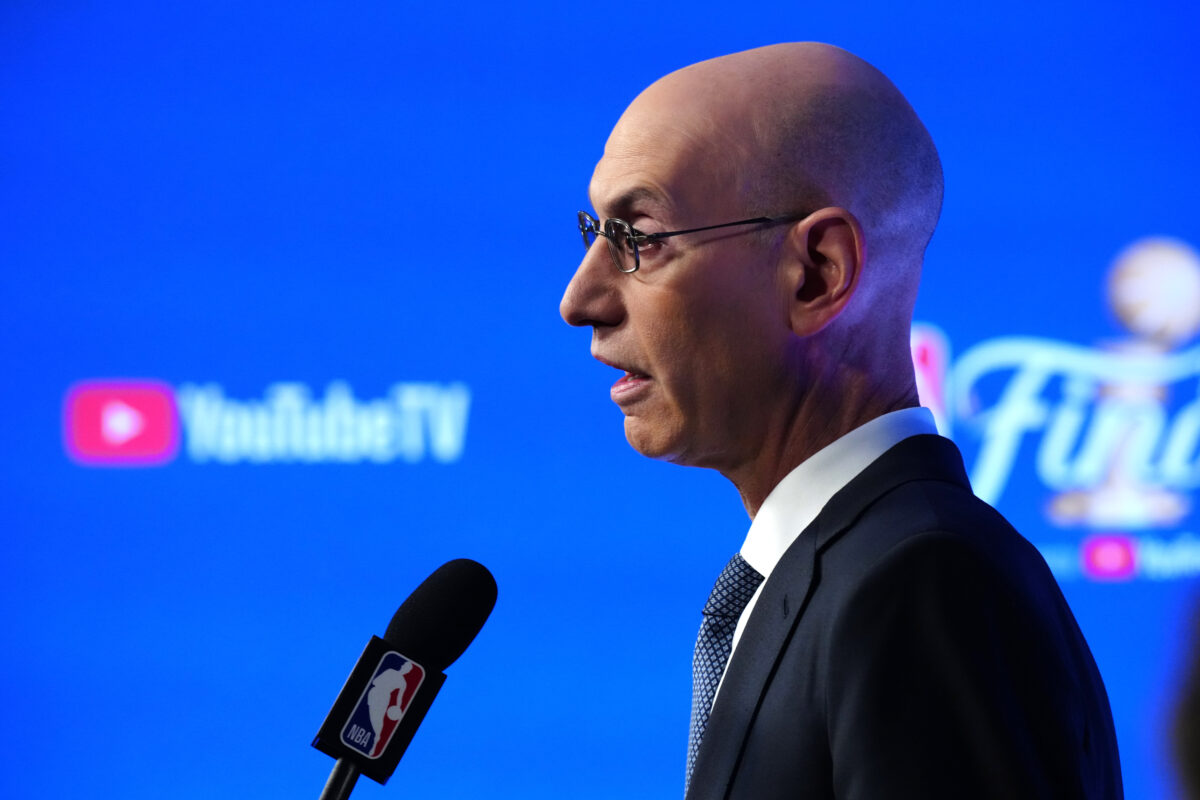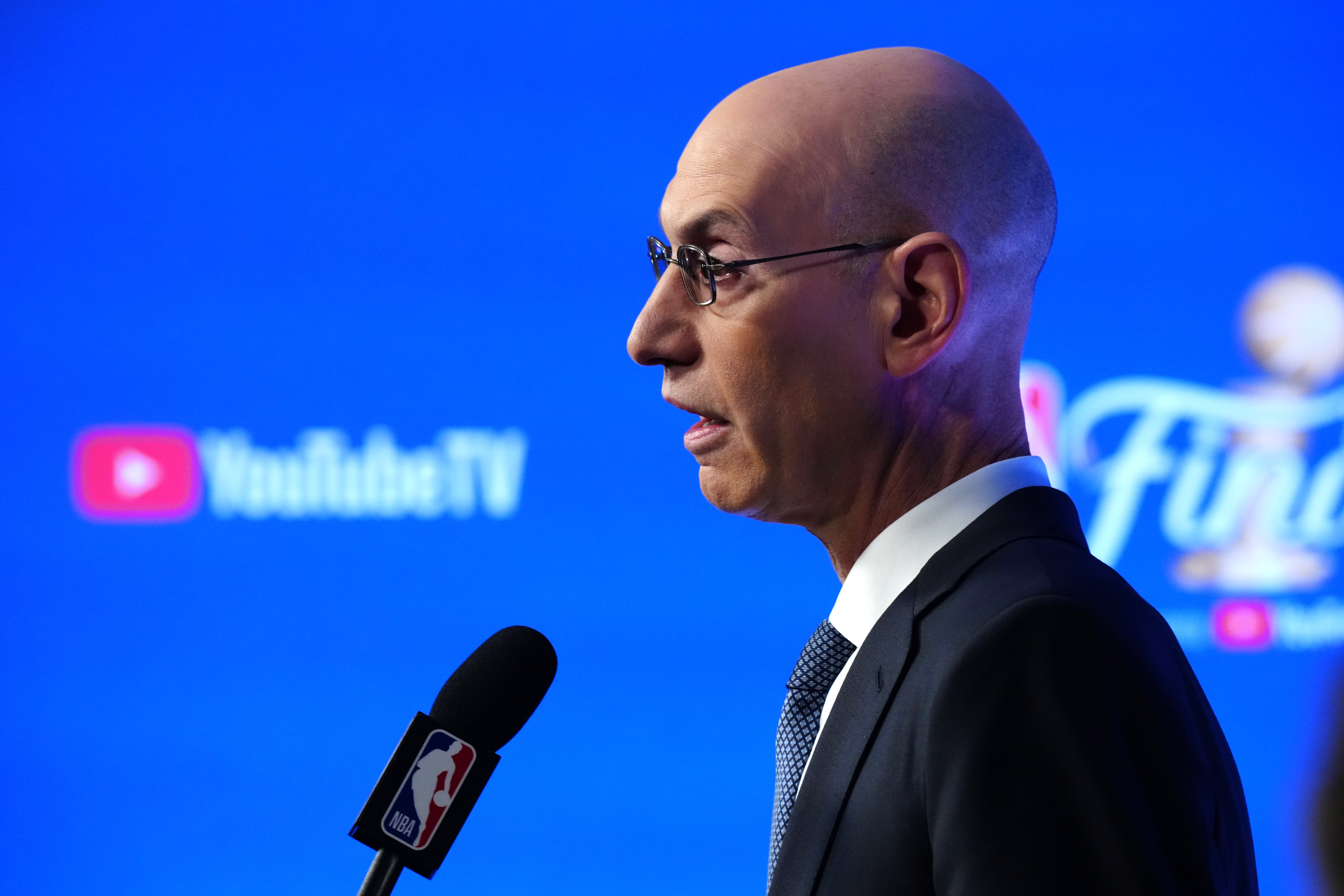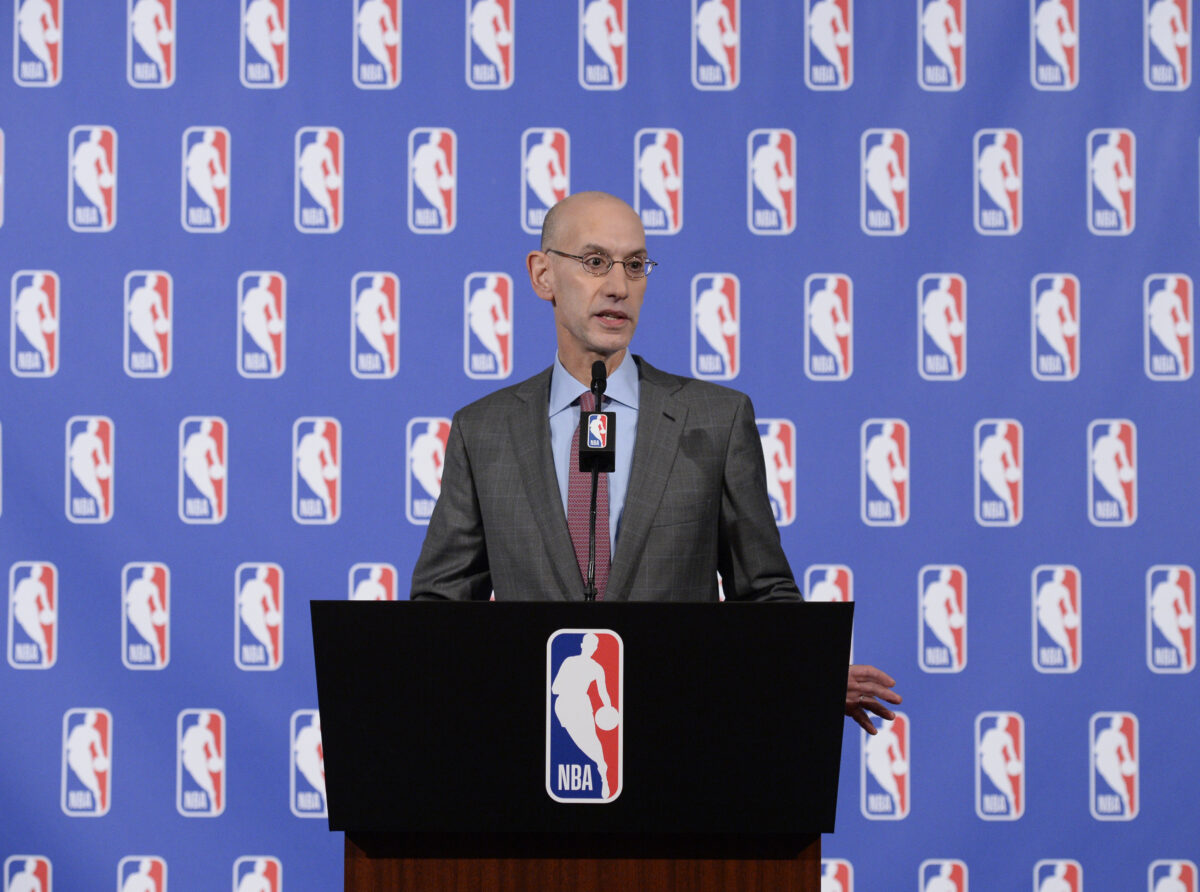In a recent conversation between NBA Commissioner Adam Silver and former NBA player JJ Redick on the latter’s podcast, the two discuss the influence of load management on the league and player participation. Silver acknowledges that social media, particularly NBA Twitter, has had a significant impact on decision-making regarding load management and resting players.
While load management may have some legitimacy in preventing injuries and improving performance, the data is inconclusive per Silver. The league has seen a decline in player participation, which affects fan interest, ticket sales, and ratings. He emphasizes the importance of star players being on the floor unless injured. Redick raises the issue of load management culture, suggesting that it is not driven by the players themselves but by training staff and external pressures.
To hear more of this intriguing conversation on load management, check out the clip embedded below from the “Old Man and the 3” pod.
Listen to the “Celtics Lab” podcast on:
Apple Podcasts: https://apple.co/3zBKQY6
Spotify: https://spoti.fi/3GfUPFi
YouTube: https://bit.ly/3F9DvjQ
[lawrence-auto-related count=1 category=590969556]











